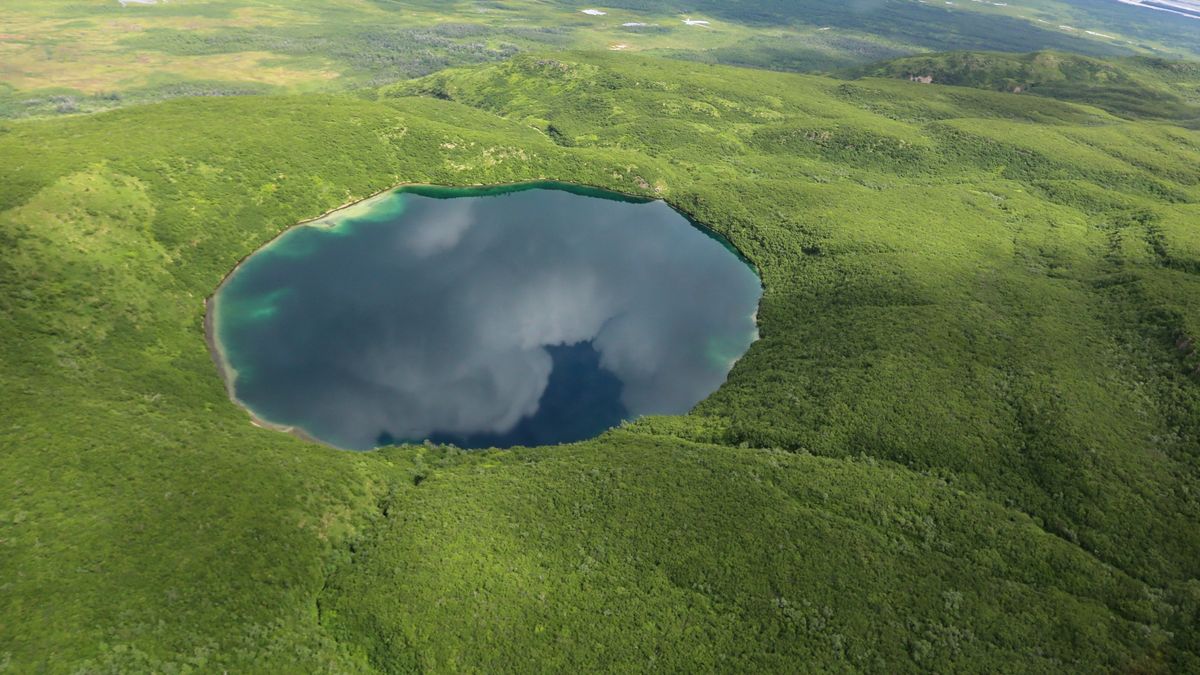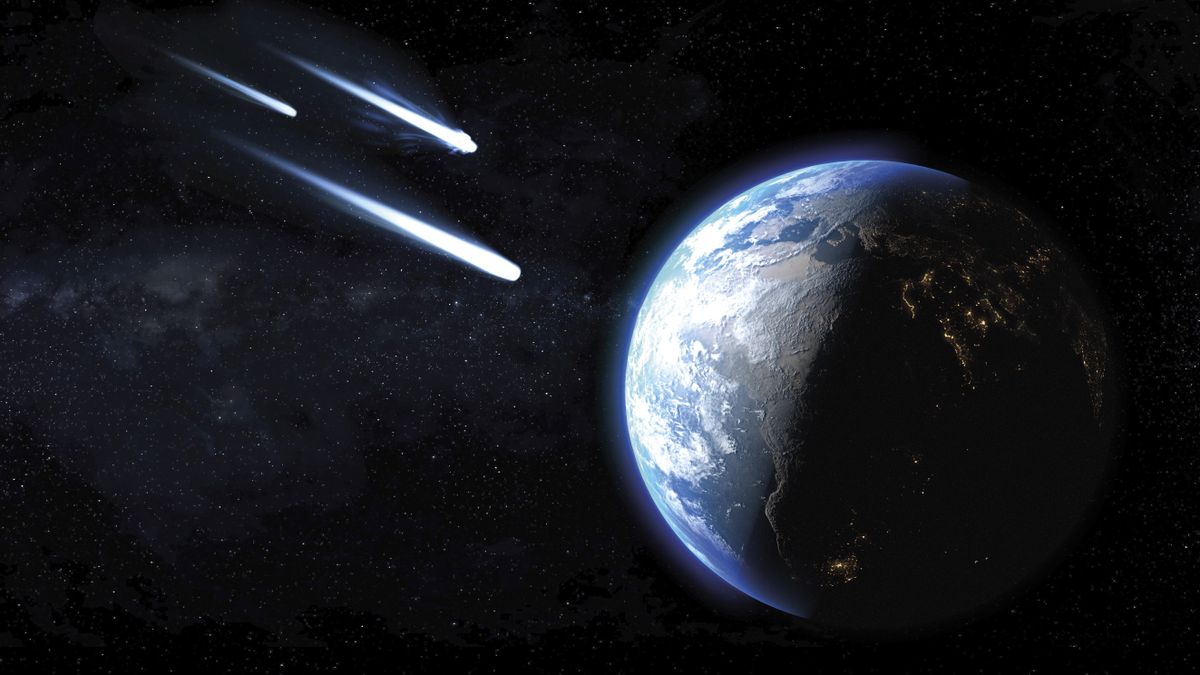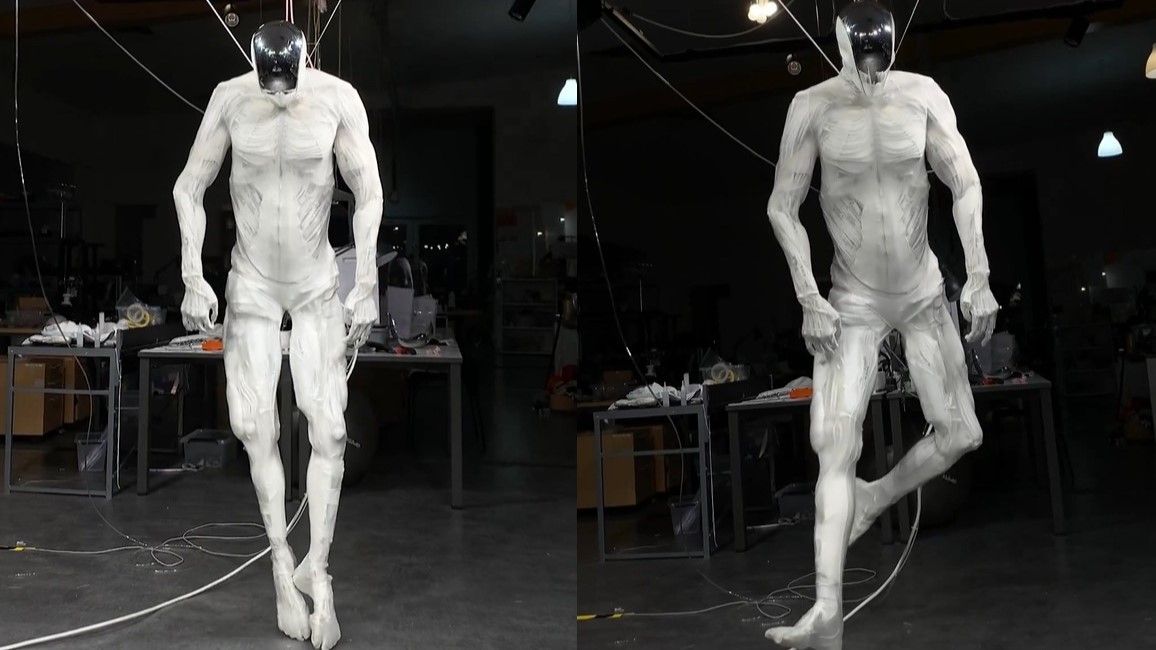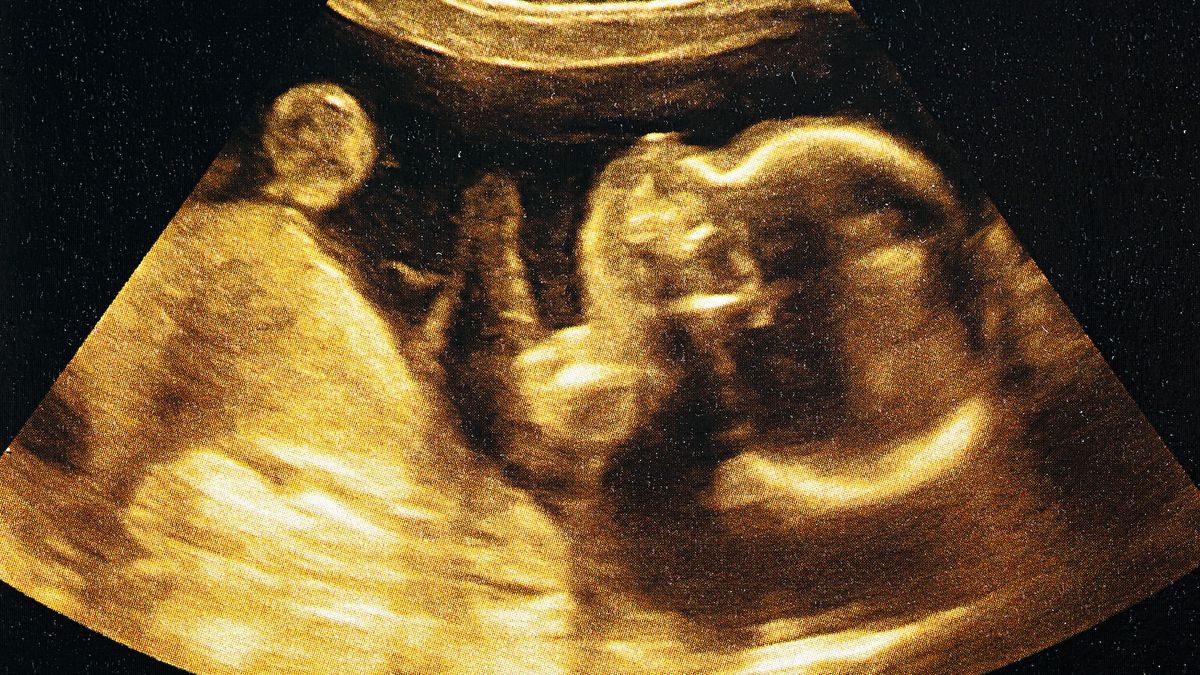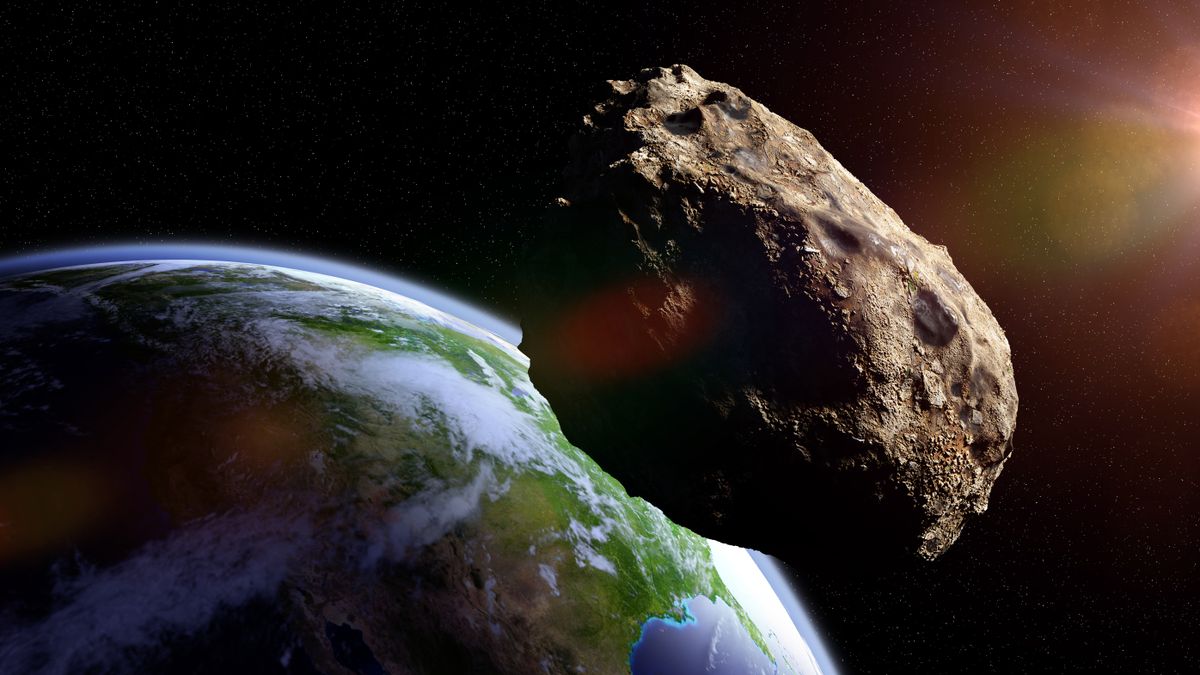QUICK FACTS
Name: Savonoski Crater
Location: Katmai National Park and Reserve, Alaska
Coordinates: 58.261063215437424, -154.97429850785483
Why it’s incredible: The crater is perfectly round, and nobody can tell for sure how it formed.
The Savonoski Crater is a round hole in southwestern Alaska that scientists have long struggled to explain due to a lack of geological evidence. However, there is a scientific explanation for this lack of evidence, so we can confidently say that the hole is neither supernatural nor an alien creation.
The crater measures roughly 1,600 feet (500 meters) across and 360 feet (110 m) deep, according to a 1978 article published on the University of Alaska Fairbanks’ website. It is half-filled with water from rainfall and snow melt.
Related: Earthquakes at massive Alaska volcano Mount Spurr ramp up again — and there’s now a 50-50 chance of an eruption
From the air, the Savonoski Crater looks like it could have been created by a meteorite impact. Impact craters are typically circular and deep, so Savonoski fits the bill — but geologists have yet to find proof of a space rock hitting Earth in this location.
Extensive surveys in the 1960s and 1970s failed to find evidence of meteoritic material or any shocked rocks within the crater that would have confirmed an impact-related origin. Researchers also failed to find any rock fragments around the crater to indicate that a meteorite sprayed material away from its landing spot.
Alternatively, the crater could be a volcanic maar — a depression formed when magma rises from deep inside Earth’s crust and reaches the water table. The intruding magma brings the water to a boil, and the resulting steam builds up so much pressure underground that it eventually triggers an explosion.
Volcanic maars often leave broad craters that fill up with groundwater. For example, the 330-foot-deep (100 m) eastern Ukinrek maar in Alaska formed during a 10-day-long eruption in 1977 and has since partially filled with water, according to the U.S. Geological Survey.
However, there are no known volcanic landforms in the immediate vicinity of Savonoski Crater and no signs of a magma source beneath the hole, according to the surveys from the 1960s and 1970s. A potential volcanic origin for the crater therefore remains mysterious.
Scientists agree that the Savonoski Crater is either a meteorite impact crater or a volcanic maar, but a definitive answer will only come with much more extensive research, according to the surveys.
The crater has undergone at least one glaciation event since it formed, meaning it was swallowed by an ice sheet when glaciers last covered southwestern Alaska between 23,000 and 14,700 years ago. This glaciation swept away any obvious evidence of the crater’s origin, according to the University of Alaska Fairbanks — but clues may still be hidden inside the crater, should scientists decide to drill into its center, researchers noted in the surveys.
Discover more incredible places, where we highlight the fantastic history and science behind some of the most dramatic landscapes on Earth.





